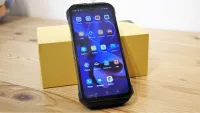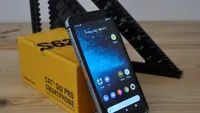TechRadar Verdict
Probably the best Ulefone design so far. Lots of features, a great camera, decent performance and is not overly heavy. This could be perfect for a construction worker or a vehicle engineer, or any profession that needs thermal imaging or an endoscope.
Pros
- +
Dimensity 900 SoC
- +
108MP Primary camera
- +
FLIR 3.5 Thermal imaging
- +
Endoscope option
Cons
- -
Expensive
- -
Accessory port screw
Why you can trust TechRadar
Two-minute review
In recent months, we've ploughed through reviewing a number of rugged smartphones, including the Ulefone Armour 16 Pro, Ulefone Power Armor 17 Pro and here now, the 18T.
It would be easy to conclude that the numerical progression was a ladder of performance specifications, but that would be an oversimplification.
There aren’t many similarities between this and the 16 Pro and the 17 Pro, although the 18T does borrow some features from its predecessor.
For those curious, there is a cut-down Power Armor 18 and also a new Power Armor 19 design, but the 18T is still the flagship of this series, in our opinion.
Where the 16 Pro was a relatively inexpensive design with an underpowered SoC, the 18T is a high-powered solution with a premium phone price tag.
With a retail cost of $570, phone buyers expect plenty for their money, and the 18T has the best specification we’ve seen from Ulefone so far.
Where the 19 uses the less expensive MediaTek G99 SoC, the 18 and 18T use the 5G capable MediaTek Dimensity 900 SoC, delivering more processing power and double the GPU performance of the G99.
Sign up to the TechRadar Pro newsletter to get all the top news, opinion, features and guidance your business needs to succeed!
The choice to go with the Dimensity 900 is probably more about 5G coms than anything else, but having this power is also helpful for the FLIR thermal imaging sensor.
We’ve seen thermal imaging before on the Cat S63 Pro, and this is the same FLIR 3.5 that is on that phone. Very often, rugged phone makers use the cheaper FLIR 2.5 sensor, which was on the CAT S60, Ulefone Armor 11T 5G and Blackview BV9800 Pro, to mention just a few.
On this phone, the newer FLIR 3.5 sensor offers a better resolution, achieving greater detail and clarity in the images it captures.
The other notable feature of this design is that it has the same accessory port as the 17 Pro, and through that, there are various specialist accessories available, including an endoscope.
When you combine the ability to detect temperature distribution and having an endoscope to look at difficult-to-reach areas, the 18T starts to look like it might be ideal for those in automotive repair or similar businesses.
The downside to having such a powerful SoC and feature set is that this is the most expensive rugged design that Ulefone makes. The 18T is priced as a premium phone, and the customer mostly gets premium parts for their investment.
As this is most likely to be a second phone for most customers, is that just too much to be a practical consideration?.
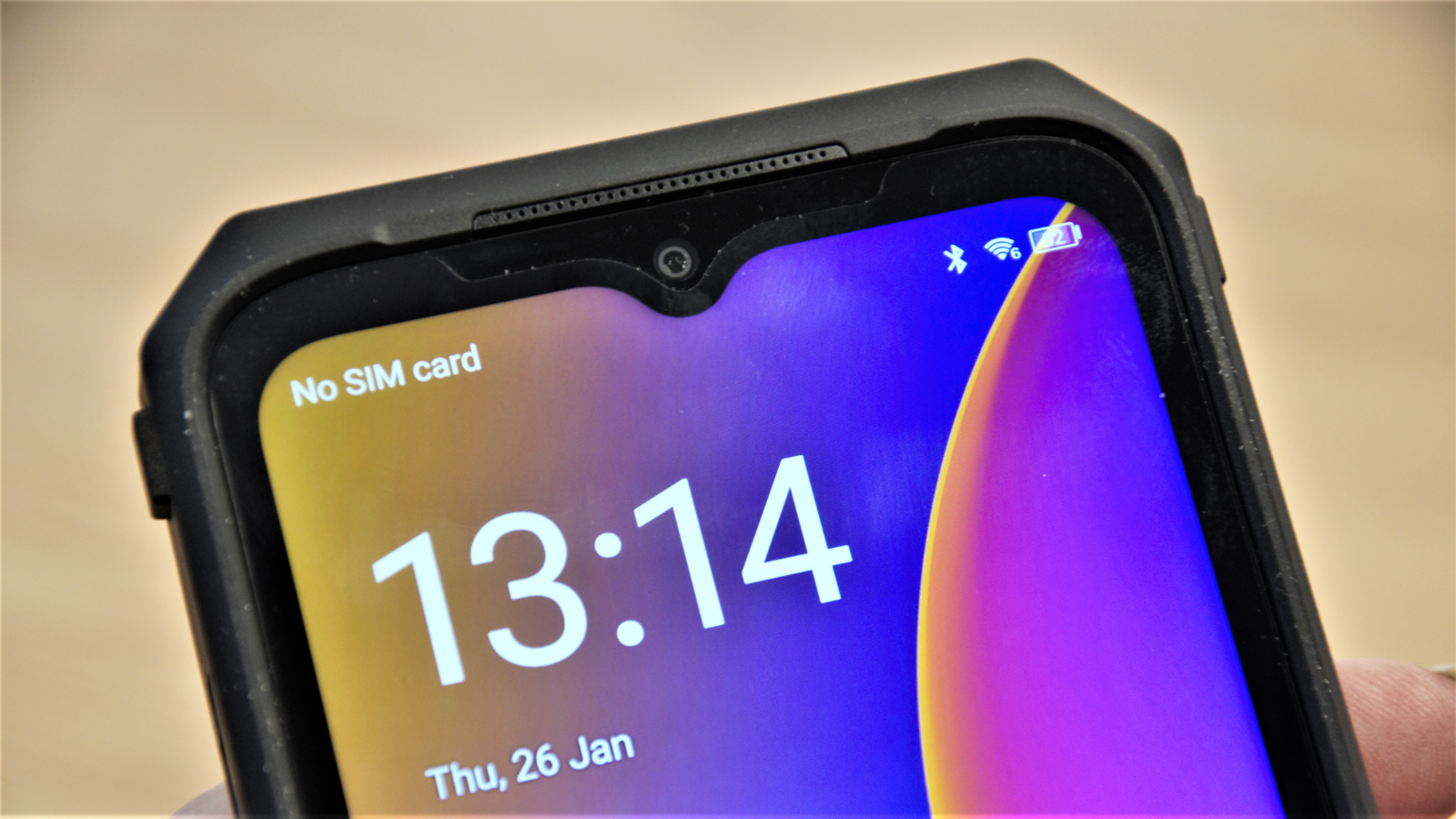
Ulefone Armor 18T price and availability
- How much does it cost? $570/ £620/ $AU $880
- When is it out? It is available now
- Where can you get it? You can get it in most regions direct from AliExpress or on Amazon.co.uk
In addition to the phone, Ulefone has a selection of accessories that can be bundled. A case increases the cost by another $25, a Wireless charging base by $25, an Endoscope by $50, and a 1000x Digital Microscope is another $50. The cheapest upgrade is a tempered glass screen protector that costs just $10 when bought with the phone.
Considering that the Power Armor 16 Pro costs just $160, the official $699.99 that Ulefone is asking for the Power Armor 18T does seem a bit shocking.
However, if you don’t get it directly from Ulefone and are willing to wait for delivery from AliExpress, it can be had for around $570.
Not available on Amazon.com currently, but we found it on Amazon.co.uk for UK customers for £619. However, that’s a good £120 more than AliExpress charges for the same phone.

- Value score: 4/5
Ulefone Armor 18T design
- Solid construction
- By-the-numbers buttons
- Accessory Port
As rugged phone designs go, the 18T is rather stylish, avoiding some of the travel case aesthetics emblazoned on other products.
By bevelling the edge all around, the 18T is easy to pick up, and the angled slots on the underside make it easy to hold even when wet.
To achieve waterproofing sufficient for submersion, two rubber plugs protect the USB-C port on the bottom edge and a 3.5mm audio jack on the top.
You can avoid disturbing the USB-C one if you use wireless charging, and the audio jack one can also be avoided if you have Bluetooth headphones.
The button selection and positions are what we’ve come to expect on rugged Chinese designs, with a combined thumbprint reader/power button and volume rocker on the right and a user-customisable button together with the SIM tray on the left.
The SIM tray can take either two NANO SIMs or a single SIM and a MicroSD card, which isn’t ideal.
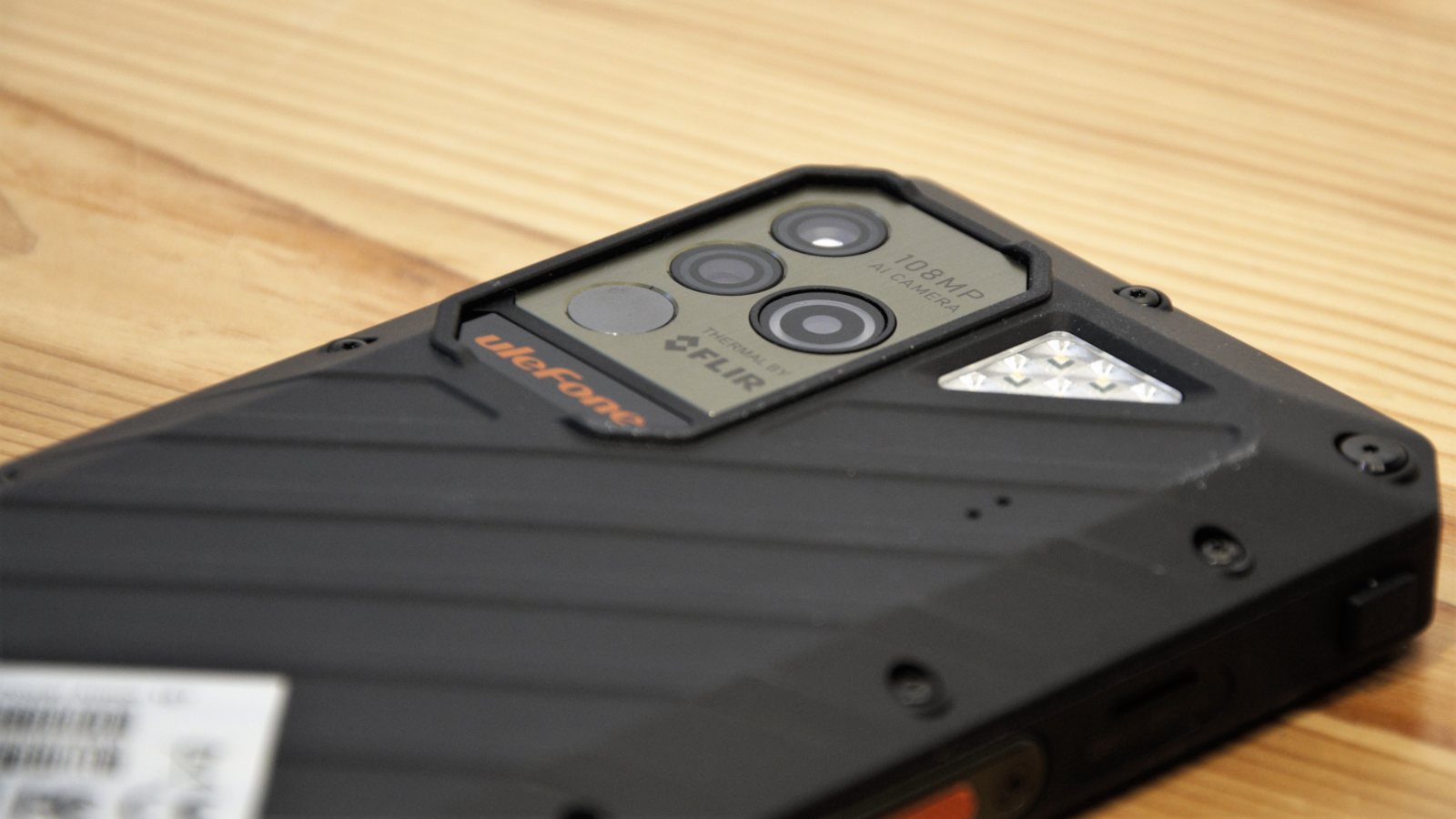
The one special external feature that it shares with the 17 Pro is an accessory pogo-pin style connector, designated as the uSmart connector, on the bottom left. Previously we criticised this aspect because attaching an accessory requires the removal of a screw that can be easily misplaced.
This mechanism is implemented exactly the same on the 18T, and it makes the likelihood that once an accessory is attached, like the endoscope or microscope, it will be left connected permanently. This needs a redesign so accessories can be snapped on and off easily and without needing a screwdriver.
Our only other comment about the design is related to the camera cluster, as it is positioned to the very left on the back. For those used to not having the camera in the middle, this is probably fine, but we did have some issues with fingers straying into the shots.
Overall, the accessory port aside, the design of the 18T is good, and it sells the go-anywhere ethos of this device admirably.
At just over 400g, it’s also one of the lighter designs, especially when compared to some of the big battery designs we’ve seen recently.

Design score: 4/5
Ulefone Armor 18T hardware
- High spec platform
- Decent battery size
- Endoscope option
The UleFone Power Armor 18T that was sent to us for review came with the following hardware:
CPU: MediaTek Dimensity 900
GPU: Arm Mali-G68 MC4
RAM: 12GB LPDDR4X
Storage: 256GB
Screen: 6.58-inch IPS LCD
Resolution: 1080 x 2408 FHD+
SIM: Dual Nano SIM, or single SIM and microSDXC
Weight: 409g
Dimensions: 175.2 x 83.4 x 18.8 mm
Rugged Spec: IP68, IP69K and MIL-STD-810H
Rear cameras: 108MP Samsung HM2, 5 MP Samsung S5K5E9 Macro sensor, FLIR Lepton 3.5 Thermal camera, 5MP Auxiliary Imaging Camera
Front camera: 32MP Samsung S5KGD1 Sensor (wide)
Networking: WiFi 6, Bluetooth 5.0
Comms: 2G, 3G, LTE, 4G, 5G
OS: Android 12
Battery: 9600 mAh
There is a schism developing in rugged phone designs, where the lower budget phones are using the Helio G series SoCs, and then devices like the 18T are moving to the next level with the Dimensity chips, all made by MediaTek.
The 18T uses the Dimensity 900, an SoC with a great combination of performance and efficiency cores blended with a capable GPU and 5G comms.
While this is great compared to the Helio G99, for example, it doesn’t quite meet the performance levels of the Qualcomm Snapdragon 778G, but it is substantially better than the 765G.
In short, for most users, the 18T has more than enough power for the majority of applications and provides a smooth user experience. To make moving between apps, the 18T comes with a very healthy 12GB of RAM, and this can be expanded by another 5GB borrowed from storage by enabling ‘memory expansion’ mode in the settings.
The screen is a good quality 6.58-inch IPS panel with a natural resolution of 1080 x 2408, a size that Ulefone decided to market as FHD+, despite that being 2220 x 1080 pixels.
We’ve seen many odd screen resolutions recently aimed at providing extra vertical pixels to accommodate the inclusion of the forward camera or Android interface elements.
It’s enough to show 1080p videos without borders. If the software has been configured to offer that in ‘full screen’ mode, it can also operate at 120Hz.

With rugged phones, battery life is usually of interest to the customers, and here Ulefone gave the 18T a decent 9600 mAh of capacity. Some phones around have more than twice this amount of battery, but they’re much heavier and less convenient to carry.
Compared with other Ulefone designs, this is more than the 17 Pro offers (5380 mAh) and identical to that in the 16 Pro.
The quoted standby is 524 hours, 39 hours of calling, 22 hours of video and 15 hours of gaming. Those numbers are fractionally down on those of the 16 Pro, but the processing power in the 18T is substantially greater.
This capacity is enough battery for at least four days of use, and with curation, a week is a plausible objective.
But what elevates this design is that Ulefone gave this phone 66W charging, allowing it to recover 52% of its battery capacity in 30 minutes. Wireless charging is four times slower.
Using the OTG technology in the USB-C port, the 18T can supply up to 5W charging to other devices, which is useful for earbuds and other chargeable accessories.
We should also mention that the WiFi 6 support is much better than WiFi 5 if you have a router that supports the newer technology. The dual Band GPS is also very accurate, but the real stand-out technology in the 18T is the cameras that we’ll cover next.

- Hardware score: 5/5
Ulefone Armor 18T cameras
- 108MP sensor on the rear
- Wide-angle, macro and night vision
- Four cameras in total

The Ulefone Power Armor 18T has four cameras:
- Rear cameras: 108MP Main Samsung HM2, 5MP Macro Samsung S5K5E9 sensor, FLIR Lepton 3.5 Thermal camera.
Front camera: 32MP Samsung S5KGD1 (wide)
The HM2 is a very popular choice for rugged designs now, as it’s a massive 108MP 1/1,52” sensor that includes Samsung’s ISOCELL Plus and Smart-ISO technology.
It is possible to take massive 108MP images if you are prepared to forego any special modes. But where this sensor really shines is when you drop to 12MP mode. In this reduced resolution, the sensor uses 9-in-1 pixel binning technology to effectively enhance the sensor pixels from 0.7μm to 2.1 μm, providing remarkably clear and colour-accurate results.
In this phone, it can also take 4K video, although all video is restricted to 30fps, sadly.
Alongside that sensor is a 5MP microlens camera that has a 60x super magnification mode. Our only reservation about this feature is that it is rather difficult to use if the item you wish to look at in detail isn’t flat, as it can’t autofocus. Our examples include a couple of macro shots, one of a coin and the other of a banknote, and the coin was much more difficult to achieve.
However, the flagship camera feature on this phone is the FLIR Lepton 3.5 sensor, and it has a separate application to grab thermal imaging data as photos or videos.
It can also take thermal time-lapses if you need to see how the temperature of something changes over time. There is even a feature that allows the FLIR sensor to stream a live video over YouTube, which might be useful for remotely monitoring an experiment.
While not the most important part, the front 32MP camera is decent quality and can capture 1080p video
Overall, the camera side of the 18T has some remarkably strong aspects, and the results are usually excellent.
Camera samples
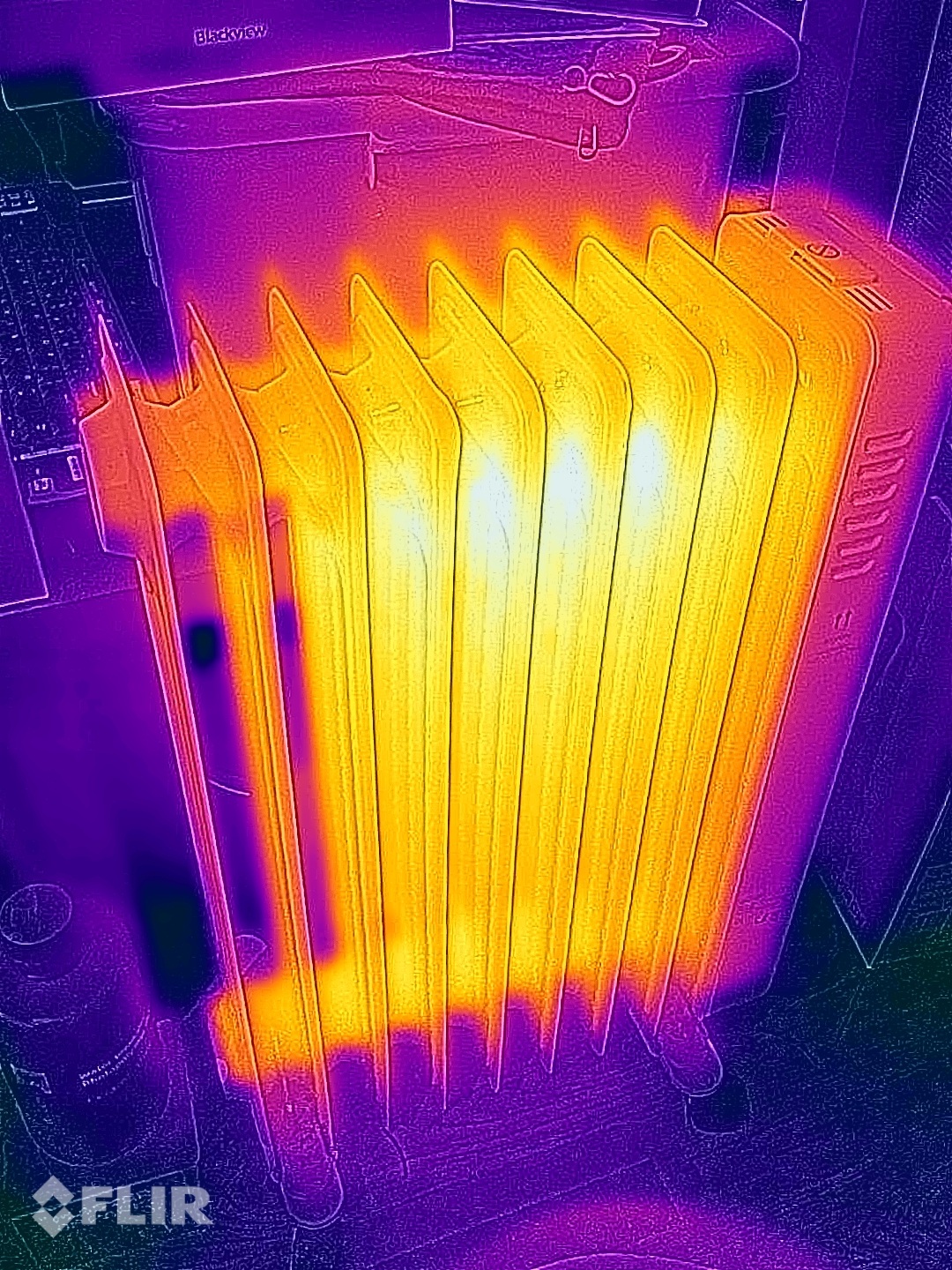

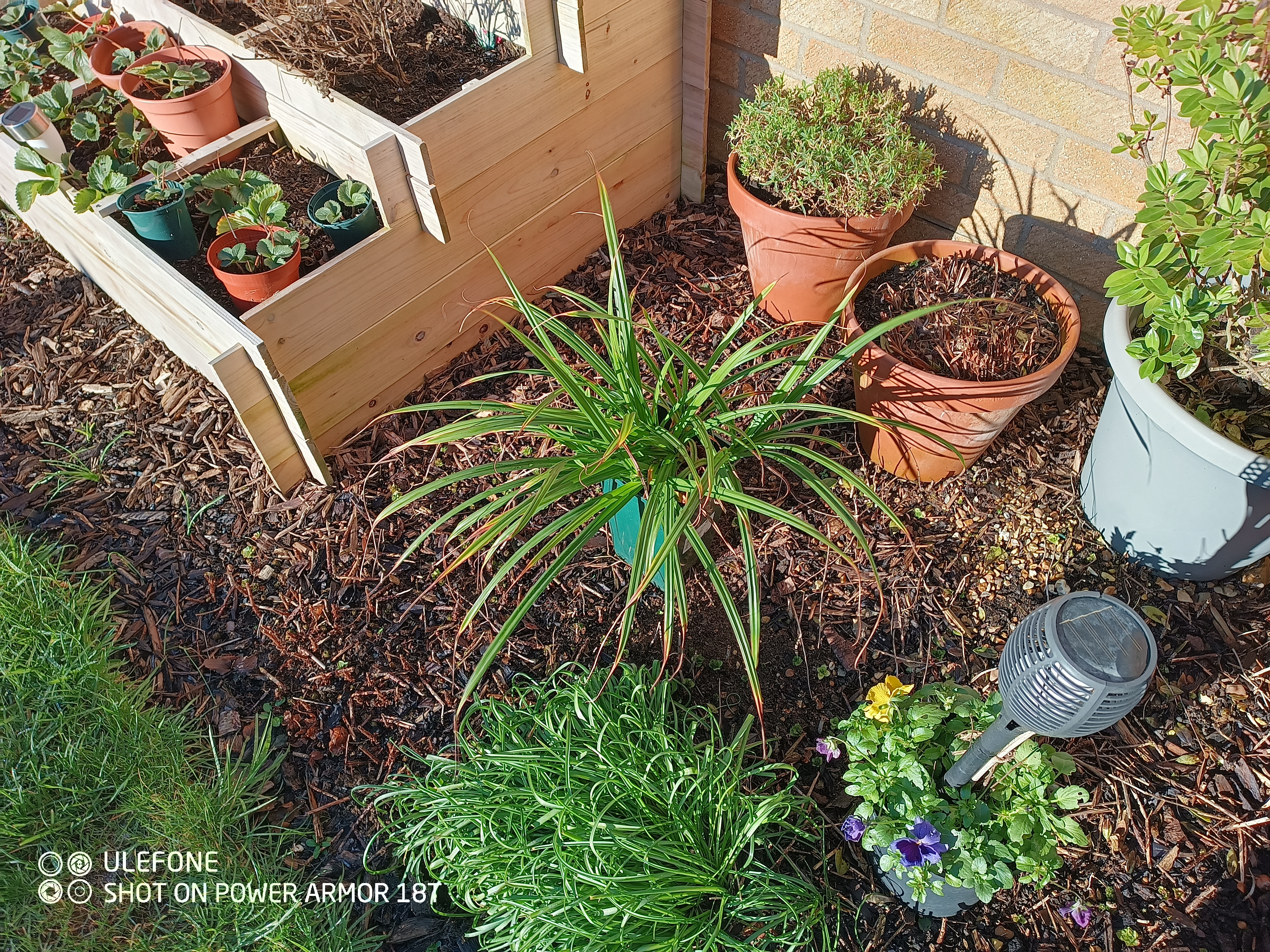




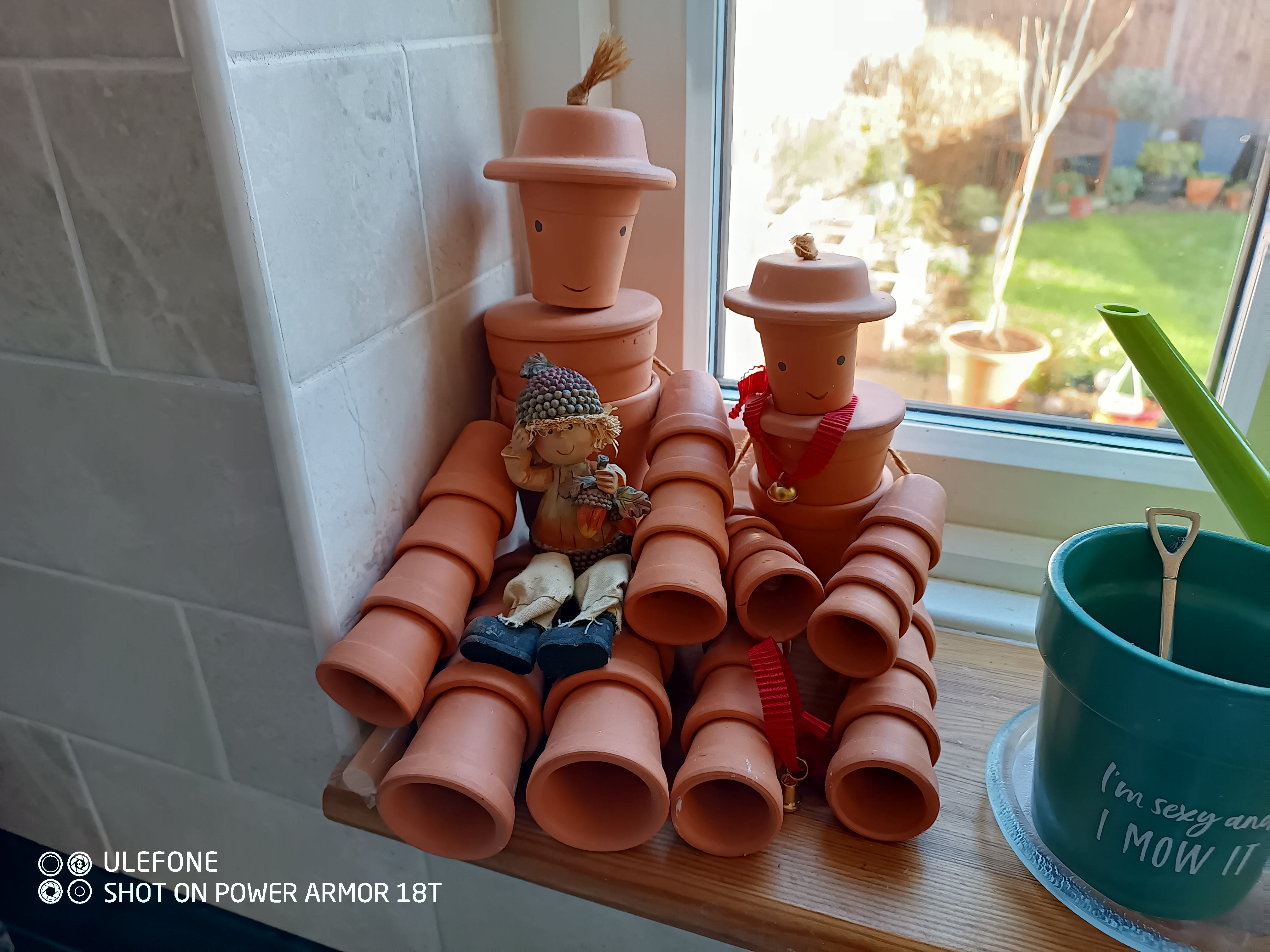
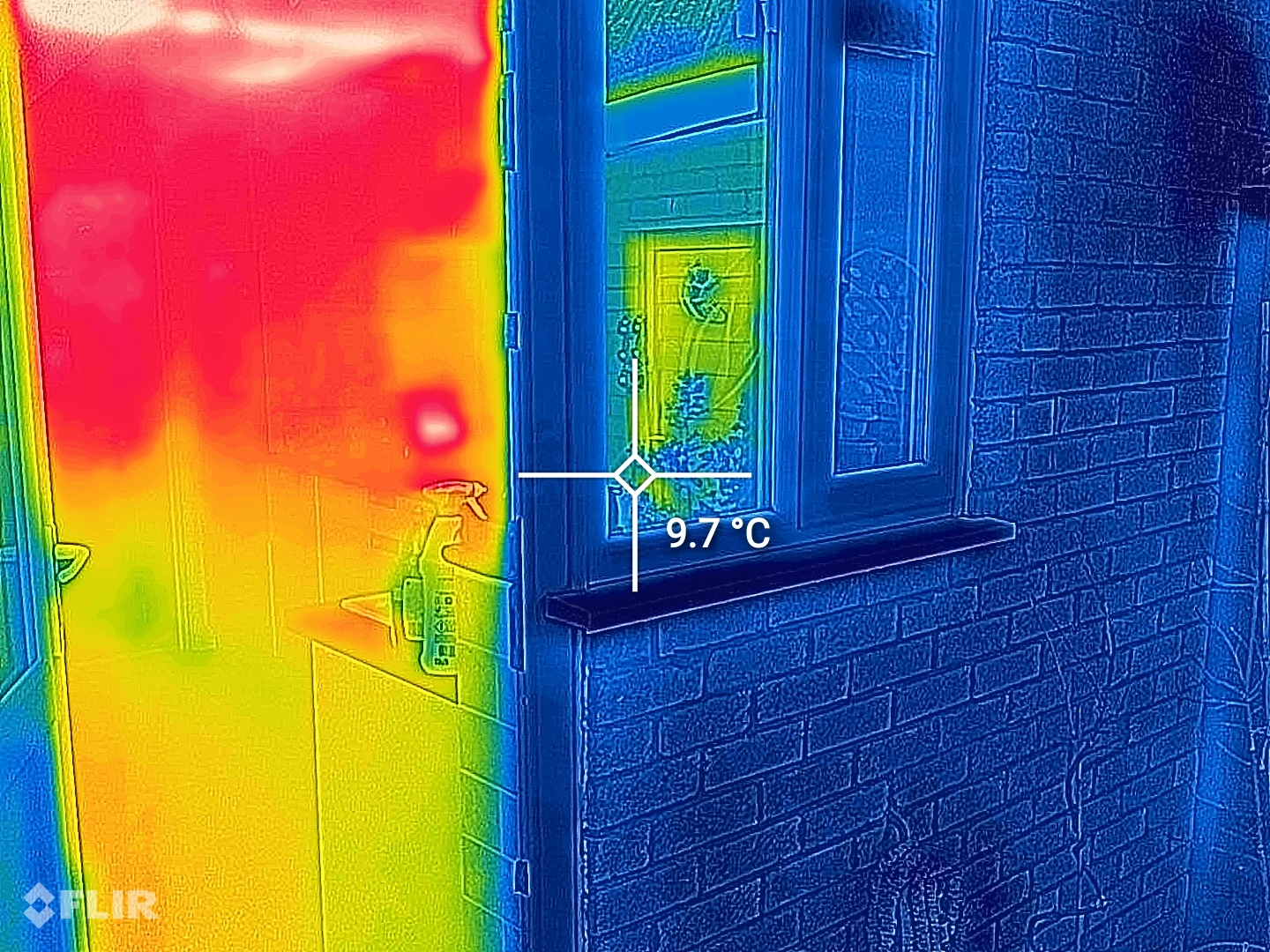
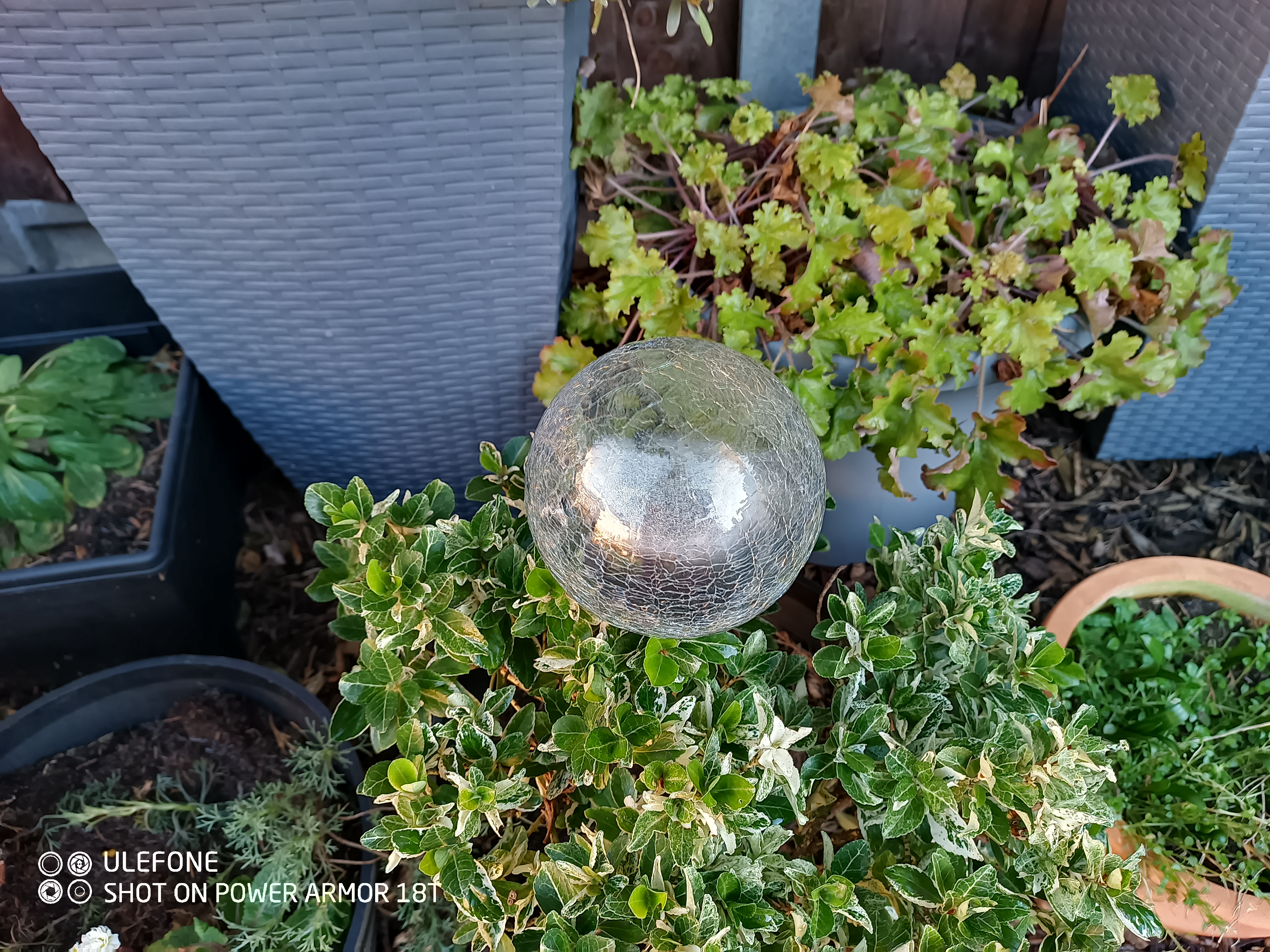
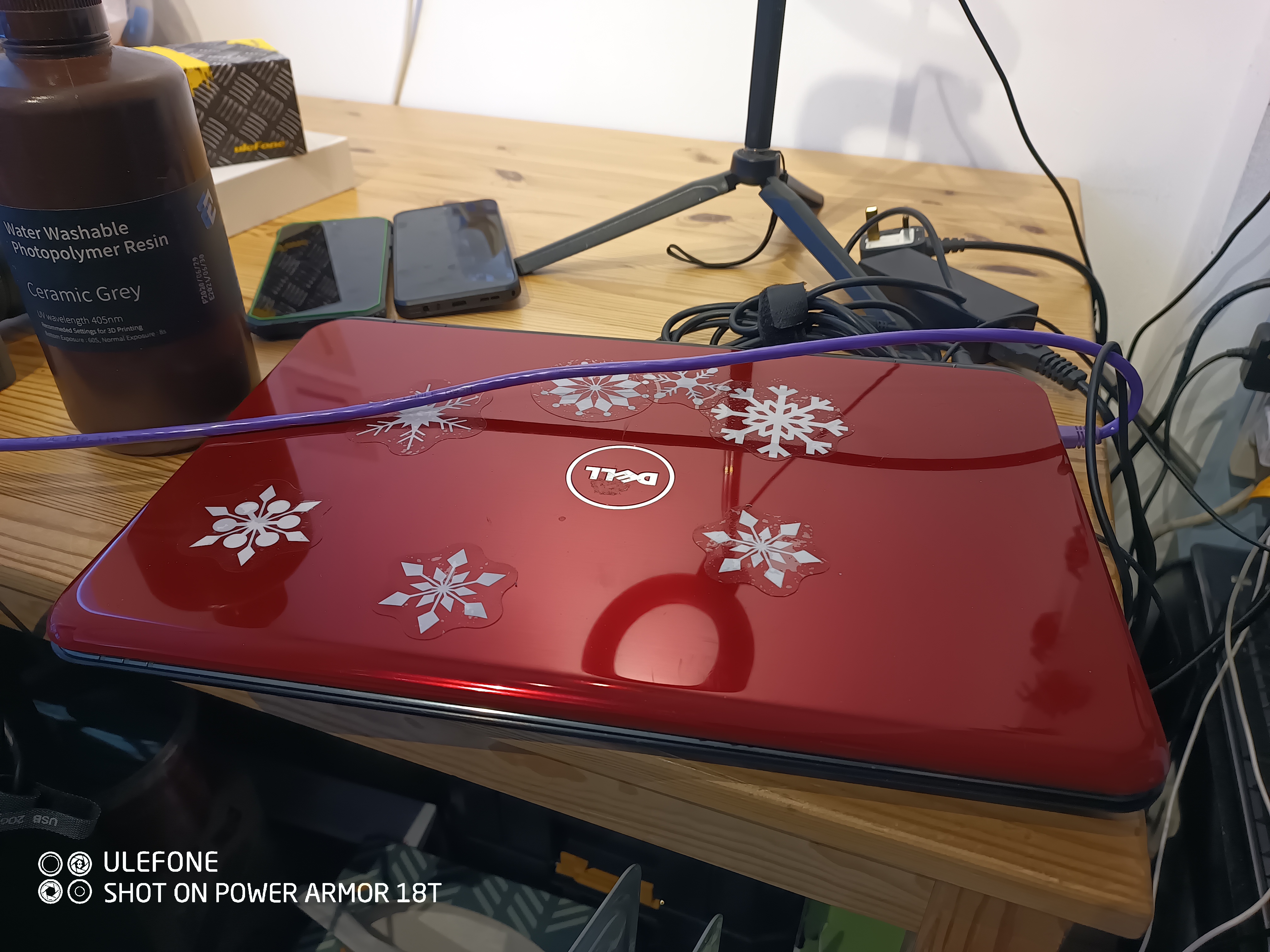



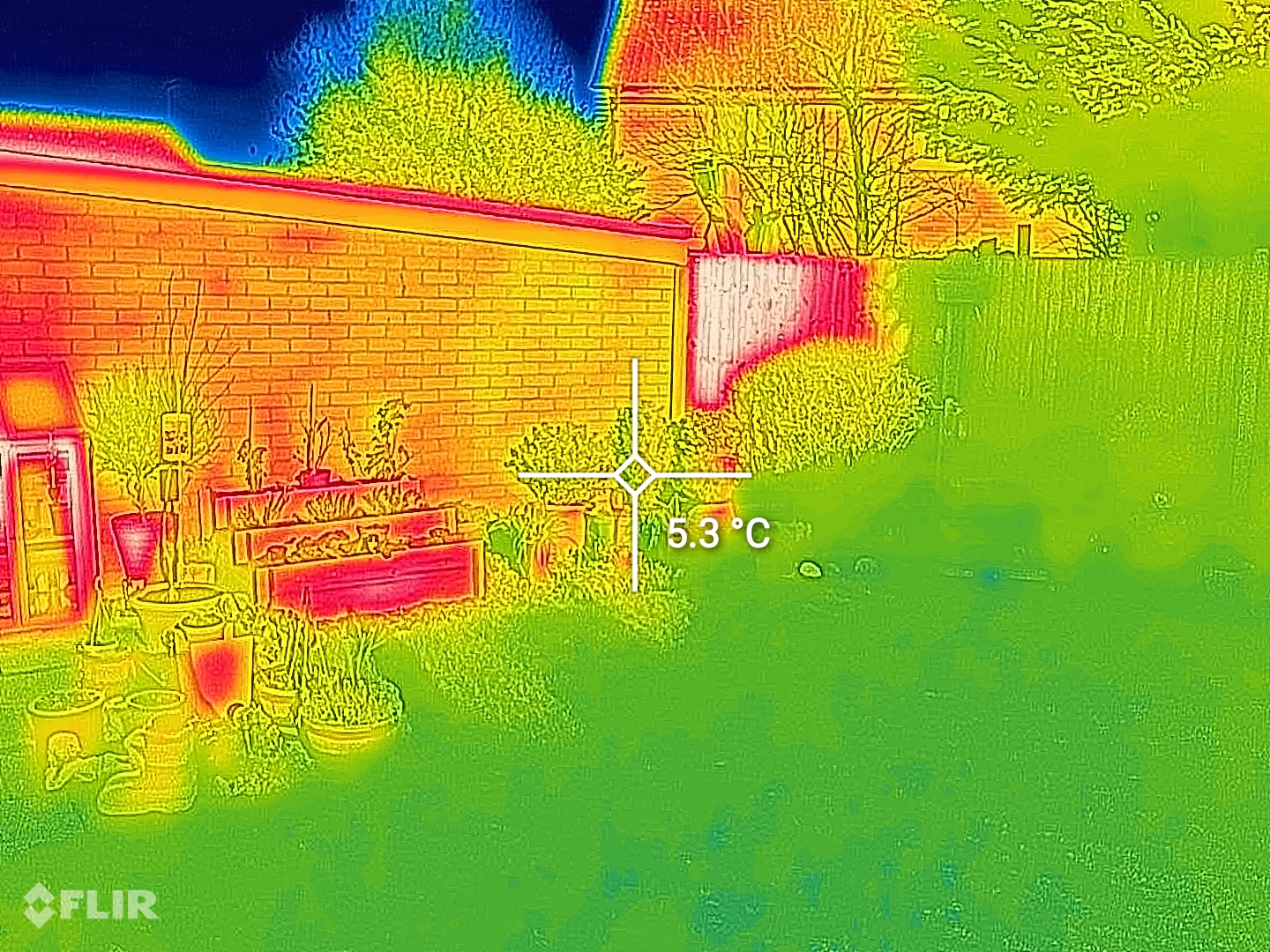


- Camera score: 4/5
Ulefone Armor 18T performance
- Game capable SoC
- Lacks Widevine L1 encryption
- Power and efficiency
This is how the Ulefone Armor 18T performed in our suite of benchmark tests:
Geekbench: 688 (single-core); 2090 (multi-core); 2622 (OpenCL)
PCMark (Work 3.0): 11250
Passmark: 10741
Passmark CPU: 5244
3DMark Slingshot: 5135 (OGL)
3DMark Slingshot Extreme: 4041 (OGL); 3791 (Vulkan)
3DMark Wild Life: 2198
We’ve seen these numbers on the Doogee V30 that uses the same SoC, and they looked very good then.
It eclipses the Helio G99-powered phones and is remarkably close to the Qualcomm Snapdragon 695 chips used in the Nokia X30 and Huawei Honor X9a.
Octo-core SoCs are usually strong at multi-thread tests but less impressive at single-task challenges. But in the Dimensity 900, the dual 2.5GHz Cortex-A78 performance cores deliver excellent single-thread performance. And, for power efficiency, it has
six lower-clocked Cortex-A55 cores built to achieve excellent results in multi-threaded scenarios.
Compared to the MediaTek Helio G99 phones like its Power Amor 17 Pro brother, the 18T is around 30% faster at single-thread tests and up to 25-30% better at multi-threaded.
Probably the biggest difference is created by the Mali-G68 MC4 GPU, as it is at least 40% faster than the Mali-G57 MC2 used in the G99 designs and up to 80% in the 3DMark Wild Life benchmark.
This makes the Dimensity 900 in the 18T much more suitable for gaming and smooth video playback of even 4K files. However, this phone doesn’t support Widevine L1 encryption, and the best resolution you will get from Netflix and Disney+ will be 480p, unfortunately.
- Performance score: 4/5
Ulefone Armor 18T battery
- Decent 9600 mAh capacity
- 66W Fast charging
- 15W Wireless charging
People expect a rugged phone to have a decent battery capacity since the great outdoors doesn’t usually have power sockets on each tree.
The built-in lithium-ion polymer cell offering 9600mAh is enough for a weeklong trek with some restraint and last at least four days of normal use.
That is the same capacity as the 16 Pro, but given this device's performance and 5G capability, it doesn’t quite go as far when used in the 18T. The 524 hours of standby is just four hours less than the 16 Pro manages, but the talk time drops more dramatically from 52 hours to 39 hours, confusingly.
But conversely, the 16 Pro only had 18W charging (10W on the pogo pin base), whereas the 18T has 66W over USB-C and 15W wireless charging.
That makes it much easier to get the 18T fully charged, and overnight it can happily use wireless charging, something the 16 Pro didn’t offer.
For those wanting a massive battery, like the 22000 mAh on the Doogee V Max or Unihertz Tank, the 9600 mAh in the 18T might seem relatively modest. But it's more than enough for most jobs, and including it didn’t make this phone excessively heavy.
- Battery score: 4/5

There is plenty to like in the Ulefone Power Armor 18T, as this is easily the most impressive rugged phone from this brand we’ve seen so far.
It’s well made, able to take the knocks and environment, has enough battery for days away from civilisation and has some remarkably high-quality sensors.
Our only concern is that in adding all the wonderful features that Ulefone included that they’ve elevated the price to a point where it’s beyond the budget of many 2nd phone buyers.
If you can budget this much for a phone specifically for wilderness trips, working on a construction site, or vehicle repair, then the Ulefone Power Armor 18T is worth some proper consideration.
Ulefone Armor 18T score card
| Attributes | Notes | Rating |
|---|---|---|
| Value | Not the cheapest rugged phone, but you get lots of features. | 4/5 |
| Design | Reasonably styled for a rugged phone, but the accessory connector shouldn’t need a screwdriver. | 4/5 |
| Hardware | 5G, excellent cameras, thermal imaging and accessories like an Endoscope. Plenty of useful features. | 5/5 |
| Performance | The Meditek Dimensity 900 is a significant rung up from the Helio G series SoCs. | 4/5 |
| Camera | 4K video, 108MP sensor, 60X macros, pixel-binning and FLIR 3.5, there aren’t many phones that can match these options. | 4/5 |
| Battery | Not a huge battery but enough for a seven-day trek or four workdays away from a charger. | 4/5 |
| Overall | A well-considered rugged phone that isn’t impractical, even if it is a little on the expensive side for a 2nd phone. | 4.5/5 |
Should I buy a Ulefone Armor 18T?
Buy it if...
5G is important
The support for 5G will be useful to those that have that service, especially if you take 109MP pictures or 4K video and want to sync them to the Cloud.
Thermal imaging is important
It has one of the best Lepton FLIR sensors around, and it provides real-time thermal imaging at a good resolution with numerous practical applications.
You’ve always wanted an endoscope
Not something most people want from a phone, but if you need to see inside an engine or under the floor, this might be worth considering.
Don't buy it if...
Need more battery life
The 9600 mAh on this phone is plenty for most uses, but there are phones out there with 22000 mAh available to them. If you don’t get to see a power socket very often, there are phones with more capacity.
You don’t need Thermal imaging
The inclusion of the FLIR 3.5 sensor bumped the price of this phone up, and if you don’t need it the standard Power Armor 18 has the 5G, 108MP camera and most of the other features, but it is only $420, or $150 cheaper.
You intend to watch streamed content
The lack of Widevine L1 reduces most streamed content to 480p, so even if it has a good quality and high-resolution screen, using it for Netflix or Disney+ won’t yield high-resolution results.
Also consider
Doogee V Max
A much heavier option, the V Max has a better SoC and a massive 22000 mAh battery capacity. But it doesn’t offer thermal imaging, and it’s a less practical device for those that carry all their belongings with them.
Read our Doogee V Max review for more
Doogee V30
Uses the same SoC as the 18T but only comes with 8GB of RAM. The Doogee V30 is another practical design with a similar 108MP camera and slightly greater battery capacity. It doesn’t have thermal imaging, but it’s more than $100 cheaper.
Read our Doogee V30 review for more information.
Cat S62 Pro
An alternative design with a FLIR 3.5 sensor, the CAT S62 Pro cost is similar to the 18T. But it has a much less powerful SoC, less RAM and storage, and only a 12MP primary camera. But at just 248g, it’s the weight of an ordinary phone.
Read our Cat S62 Pro review for more information.
We've rated the best business smartphones.
Mark is an expert on 3D printers, drones and phones. He also covers storage, including SSDs, NAS drives and portable hard drives. He started writing in 1986 and has contributed to MicroMart, PC Format, 3D World, among others.

